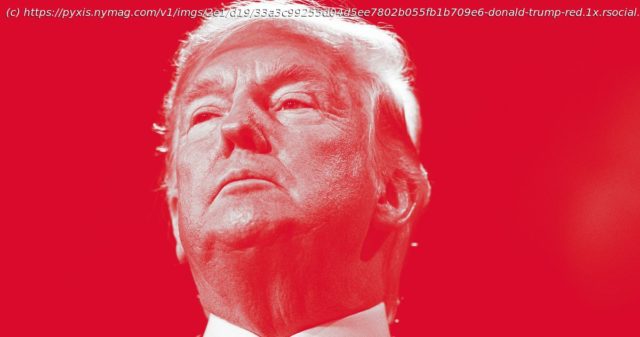As many had feared, Trump did try to claim victory based on an early lead but was never able to convert his claims into a feasible plan to reverse Biden’s win. He didn’t get conservative opinion leaders, legislators, or even his own troops onboard.
We’re finally nearing the end of Donald Trump’s efforts to overturn his loss to Joe Biden. State election-results certifications are rolling in for Biden; federal and state judicial panels are monotonously rejecting his legal challenges to the results; and the number of Republican elected officials supporting the conspiracy theories his lawyers are offering is eroding steadily. Now that the threat of a seriously contested (or even overturned) presidential election is receding (though not entirely disappearing), it’s worth asking why it went down as it did. As someone who feared a “red mirage” scenario, in which the president would tally an early Election Night lead then prematurely declare victory, I feel a responsibility to examine what went wrong for Trump, and right for democracy. Below are some possible explanations for his failure to mount a serious challenge to his defeat. Back in the spring and summer of this year, when Trump began attacking voting by mail as inherently corrupt, it began to occur to many of us that in convincing Republicans to vote on Election Day he might be trying to engineer a scenario in which he would gain a temporary lead from in-person results, then attempt to disallow the mail ballots that would swing the election to Biden days or even weeks after November 3. Critics of “red mirage” talk often dismissed such fears as overestimating Trump’s seriousness, not to mention his ability to convince others to go along with any effort to stop the counting of mail ballots on or after Election Day. Another possibility is that Trump was doing well enough in the initial returns that he hesitated in contesting the election, as there was a real possibility he could win without chicanery. He won Florida, Iowa, Ohio, and Texas decisively, and was obviously in a competitive position in Arizona, Georgia, Michigan, Nevada, North Carolina, Pennsylvania, and Wisconsin. When it became obvious that later mail ballots were going to resolve the results in the closest states, early on November 4, Trump did make his long-expected victory claim, and vaguely threatened legal action to stop the counting of “illegal” votes.






